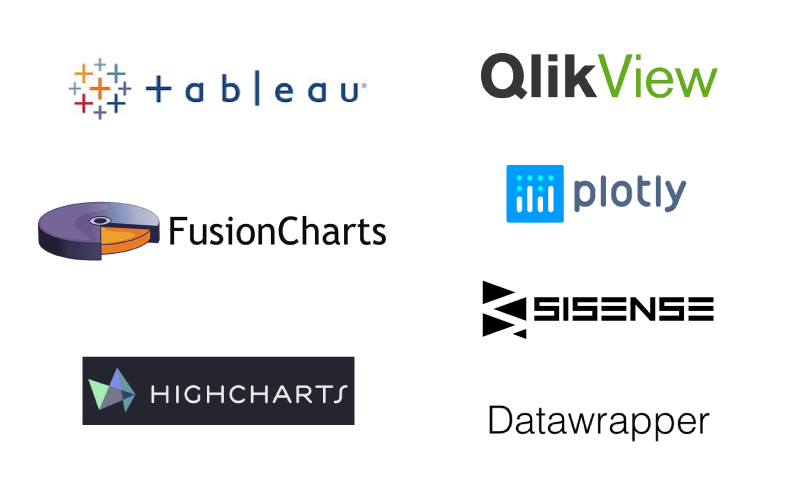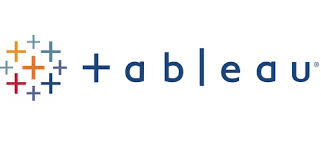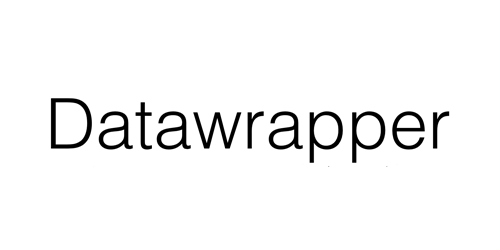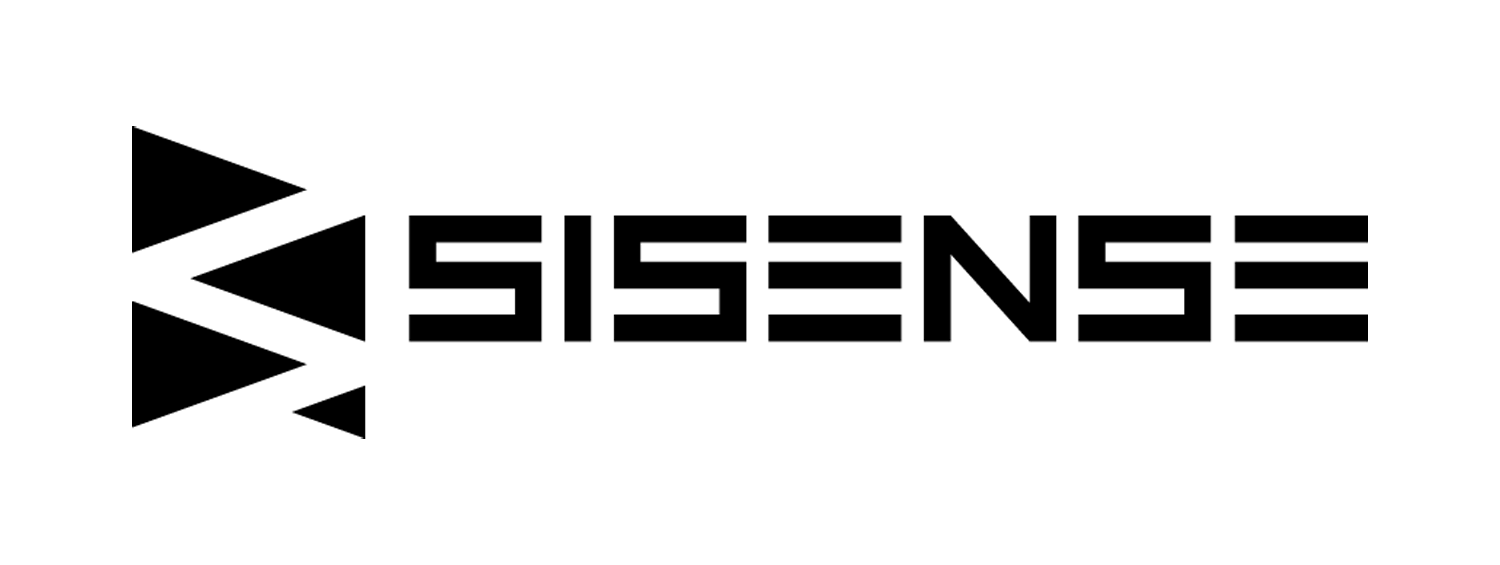EDITOR: Updated for 2019
Data visualization (spelt visualisation in British English), is not, in itself, a new thing. Charts and graphs have been in use throughout the ages, and you’ve been able to pull them together in Excel since it was released on the Macintosh in 1985. What’s changed in recent years is the amount of data we have access to, the kinds of data available, and the tools to process and interpret it.
Humans being creative creatures as we are, need visually appealing ways to look at data in order to understand it. This has spawned a whole host of data visualization tools for us to choose from.
So comes the question, with all the choice there is around data visulization tools now…
What Data Visualization Tool should you use?
As a result of this new profusion of data, it’s little surprise that a wealth of data visualisation and analysis tools that are now available. This can make it confusing if you are starting out or have got used to using 1 or 2 in particular. It can be hard to compare data visualization tools when you don’t know how the other data visualization tools stack up against the ones you have used or know about.
Each has its own specialist areas – things that one is better at than another and vice versa. The key is finding the tool that offers the features you require for your own purposes. As such, we will run you through a comparison of the best data visualization tools that are available.

For this Data Visualization Tools comparison, we have selected:

Tableau
What’s Tableau?
Tableau is the so-called ‘Grand Master’ of data visualization software. Tableau software boasts over 60,000 user accounts and is used across a multitude of industries. The interactive interface far surpasses the visualizations that can be achieved with general business intelligence solutions, whilst the simple drag-and-drop functionality speeds up and simplifies the creation process.
Tableau visualization software can easily handle large, fast-changing datasets, including machine learning applications (a feature that will ensure the platform stands the test of time as ML becomes an increasingly central part of business intelligence).
The platform integrates smoothly with Hadoop, Amazon AWS, MySQL, SAP, and Teradata.
It is easily embeddable into websites and blogs, remaining live and interactive in situ. Equally, sharing to social media is a simple process from Tableau or direct from your website.
When to use Tableau
You have AI and/or fast-changing datasets, want to share your data visualization on social media, or to showcase your work on your website.
What languages to use with Tableau
- C
- C++
- Java
- Python. It’s important to note that Tableau SDK only supports Python 2 and doesn’t work with Python 3.
What makes Tableau different
Tableau’s focus on external sharing and embedding makes it perfect for outward-facing presentation more than for internal use.
How much does Tableau cost
There is a 14-day free version available which is perfect if you want to do the old try before you buy. The paid “Creator” version is $70/month which gives you access to all the different Tableau tools.
Who is Tableau best for
Tableau is a powerful tool, and is, therefore, one of the most widely used by data professionals. If you are looking to become a data visualisation expert, Tableau is definitely a contender. Generally, Tableau is popular with all kinds of data professionals but especially with Data Scientists due to its strong machine learning features. However, we generally recommend Tableau to those who aren’t on their first rodeo and is primarily best for experienced users due to its advanced machine learning capabilities and customisable features.

QlikView
Tableau’s biggest competitor is QlikView which has over 40,000 user accounts across 100 different countries. Its highly
QlikView or QlikSense: Whats the difference?
QlikView is more useful for anyone who is serious about creating their own analytics and guiding their own data analysis, QlikSense is best used for self-service visualization. When used alongside each other, QlikSense is great for data exploration and discovery, making the QlikSense platform a veritable fountain of data knowledge that is useful for pulling reports and visualizing data.
This platform will take a lot of practice, and invariably some training, to get to grips with. However, there is an abundance of third-party resources and a great Qlik community available online to help new users on their way.
When to use QlikView
You have the time and resources for training and if analytical reporting is important to you.
What languages to use with QlikView
- C++
- SQL Server
- VBscripting
- Excel’s (VBA)
and SQL knowledge will be very useful.
What makes QlikView different
There are fewer limitations with Qlikview compared to some competitor data visualization platforms, mainly because of its no-query approach to analytics. Instead, it uses its own Qlik Associated engine to pull data together. It also has a fantastic community that you can use to support you when learning to use this data visualization tool.
How much does QlikView cost
There is a free version which is great for personal use, but the enterprise version is much more expensive. The Qlik website
Who is QlikView best for
QlikView is another popular program for experienced users and data professionals because of its powerful features. It is popular with business intelligence & analytics professionals. It is also great for creating self-service business intelligence. We recommend this for someone who is more experienced in analytics and is looking to develop their data visualization skills who has access to a mentor or/and learning material.

FusionCharts
FusionCharts is another widely used data visualization platform with 28,000 users in 118 countries. One of the leaders in the paid-for market (as well as offering an unrestricted free trial), this JavaScript-based platform integrates with a wide range of devices, frameworks and platforms, making it a good choice for those seeking flexibility, but especially for web and mobile developers. It also works with browsers going way back to IE6, right up to the newest.
FusionCharts is also lauded for its vast array of visualization choices. It includes 965 maps, 90 different chart types, and over 800 live example templates (hosted in JSFiddle). These live example templates eliminate the need to create charts from scratch, as you can plug in your own data to feed directly into the template.
The platform comes with open-source plugins for libraries like jQuery, and frameworks such as AngularJS and React. It supports JSON and XML data formats, and exports visualisations in .png, .jpg, .svg and .pdf with one click.
When to use FusionCharts
If you are happy building custom dashboards for internal reporting, SaaS products or for distributed products.
How much does FusionCharts cost?
After the free
What languages to use with FusionCharts?
- It has been designed as a JavaScript Framework, so knowledge of JavaScript is vital.
FusionCharts also works great with server-side languages.
- ASP.NET
- Ruby on Rails
- Java
- PHP
What makes FusionCharts different
Unlike many other platforms, all FusionCharts charts have scrolling capability, and there’s the option for both cylinder and thermometer charts which aren’t always available elsewhere. There are also node diagrams for network simulation applications and organisation charts.
Who is FusionCharts best for?
Experienced users & developers looking to implement data visualisation into their application.

Highcharts
Highcharts is used by more than 80% of the world’s largest companies. On GitHub, you’ll find a whopping 2.6 million Highcharts code references. This success may be at least partially due to its ease of use. It is one platform that requires minimal training in order to get the hang of.
Its accessibility doesn’t end there, offering perhaps the most sophisticated support for visually-impaired users and for those with keyboard-only navigation. This accessibility support means Highcharts exceeds in both Section 508 requirements and WCAG 2 guidelines.
Though Highcharts requires a licence for commercial use, which isn’t uncommon, its free trial is perfectly sufficient for non-commercial users, such as non-profits, bloggers and for school sites.
Don’t be fooled, however, by its accessibility and ease of use. Highcharts is also powerfully extendable and pluggable for experts who require advanced animations and functionality. For those creating stock charts, there’s a sister package, Highstock.
Another great thing about this platform is its touch-optimised charts, which make it ideal for mobile and tablet experiences, including touch-drag for data inspection and multi-touch for zooming. Its cross-browser support adds to Highcharts’ ease-of-use value, and its ability to automatically find optimal placement for non-graph elements, such as legends and headings, does much the same.
When to use Highcharts
You have a mixture of non-techie users and a team of experts (to build deeper use).
What languages to use with Highcharts?
While you won’t necessarily need to program with Highcharts, the more advanced features and built out options will require any of the following:
- .Net
- PHP
- Python
- R
- Java
- Swift
What makes Highcharts different?
It’s very easy to use and has great accessibility support.
Who is Highcharts best for?
Great for all types of users.

Datawrapper
Datawrapper is a younger platform that is most certainly on the up. It has proved itself a favourite with media organisations, being built specifically for journalists, who love that it allows the embedding of live charts directly into their articles.
Datawrapper is an online tool (great if you are a bit averse to downloading software to your device) with a simple, clear interface that’s simple to use without any coding knowledge or design skills. It uploads .csv data easily and swiftly, as well as allowing you to simply copy-paste data into fields from Google Sheets or Excel. However, it’s worth noting that there is very little support for editing the data, meaning the data preparation must be done yourself, which can be a nuisance.
When to use Datawrapper?
You work in media and already have internal systems to handle data preparation. Also, if you simply need quick visualisations without any more complex control.
What languages to use with Datawrapper?
No coding required.
What makes Datawrapper different?
Its ease of use for entry-level staff, as well as its focus on media applications.
Who is Datawrapper best for?
Beginners and is suitable for non-technical people. Was built specifically for journalists, so will suit bloggers and anyone looking to add data visualization to their content.

Plotly
Plotly is a web-based data visualisation tool that has a sister software, Plotly On-Premises, for desktop use. Any chart made on another platform, such as matplotlib or ggplot2, can be made interactive on Plotly.
No coding is necessarily required to operate Plotly, but that doesn’t mean it’s just for basic use. The platform also allows for more complex visualisations, being integrated with analytical programming languages Python, R, and MATLAB.
Plotly connects via Falcon to an SQL database using an open-source SQL client with optional data syncing to Plotly, and it’s built on top of open-source d3.js visualisation libraries for Javascript. As an alternative to the dashboard format, Plotly’s ‘Dash’ functionality allows you to use Python to build rich analytic web apps to work with your platform.
Its user-friendly, sleek-looking, professional-feeling interface, customisable axes, notes, legends and layout, and built-in social sharing capability are all factors that add to Plotly’s popularity as a data visualisation platform.
When should you use Plotly?
You require an SQL platform that feeds data in easily with your visualisation tool, i.e. when you use the platform heavily.
What languages to use with Plotly?
Plotly is designed to be used with data analysis languages like:
- Python
R - MATLAB
What makes Plotly different?
Its flexibility for use with different skill levels, and for varying requirements.
Who is Plotly best for?
Plotly is great for Data Analysts and Data Scientists. But will also be suitable for users of mixed abilities.

Sisense
Sisense is a meaty, full-stack data analytics platform that gathers data from multiple sources into one place. It supports large datasets and offers real-time dashboard queries for speed and simplicity. Sisense’s drag-and-drop interface allows for the creation of everything from simple charts through to complex graphics visualisations, all interactive, which can be shared across organisations. It’s already well-versed in AI and machine learning analysis, and integration with IoT is all there, setting the platform up for a bright future.
When to use Sisense?
You have large datasets that require a full analysis platform
What languages to use with Sisense?
Custom SQL is useful
What makes Sisense different?
It has built-in IoT, AI, and Machine Learning capabilities.
Who is Sisense best for?
Both beginner and advanced users.
Summary
So there you have my top picks of the best platforms out there for data visualisation. I haven’t even got on to Google Data Studio, Microsoft Power BI, or IBM Watson Analytics, though these big names do beg a similar comparison article in themselves. With the data landscape quickly changing to incorporate more AI and machine learning, it’s clear that platforms that offer advanced analytics imbued with AI capabilities will be the most successful. Sisense and Tableau are already, as we have seen, ahead of the game. IBM Watson Analytics is also sure to be a key player here.
Along with AI, the need for interactive maps is on the rise and will, no doubt, continue to do so. Why? Well, location data is becoming ever-more deep and available, so platforms that aren’t already equipped with map templates will need to up their game. The rapid increase in data, in general, is also hastening the demand for data exchanges, marketplaces, and open-source data, opening the doors for more areas for platform integration.
Data visualization is set to move beyond simple storytelling, with increasing demand for a more interactive experience for the communication of complex issues. As such, that interactive element will be indispensable, particularly in outward-facing visualisations that are designed to engage the public. Socially-shareable visualizations that engage audiences with demonstrable data to counter the ‘post-truth’ epidemic are critical right now, particularly for journalistic and media use.
We’ve looked at some platforms that are putting accessibility front and centre of their offering. This accessibility will be in stronger demand as time goes on, as familiarity with data becomes an integral part of more job roles. IBM predicts, according to Carto.com, a 39% rise in demand for data engineers and scientists by 2020.
Meeting that demand may be difficult, as the numbers of specialists coming through higher education to the workplace are currently insufficient, with the best often being snapped up by leading corporations before they can set foot in an interview. As such, more of us will need to be au fait with data as part of our everyday work, pushing the need for more platforms that make data analytics and visualization accessible for all to use.
Keep Reading:
Does my business need a customer data platform?
What do businesses need to achieve Self-Service Business Intelligence success
If you have enjoyed this article, please consider signing up to receive our monthly newsletter below which includes our latest articles, jobs and industry news.
View our latest selection of jobs
Get our latest articles and insight straight to your inbox
Hiring data professionals?
We engage exceptional humans for companies looking to unlock the potential of their data